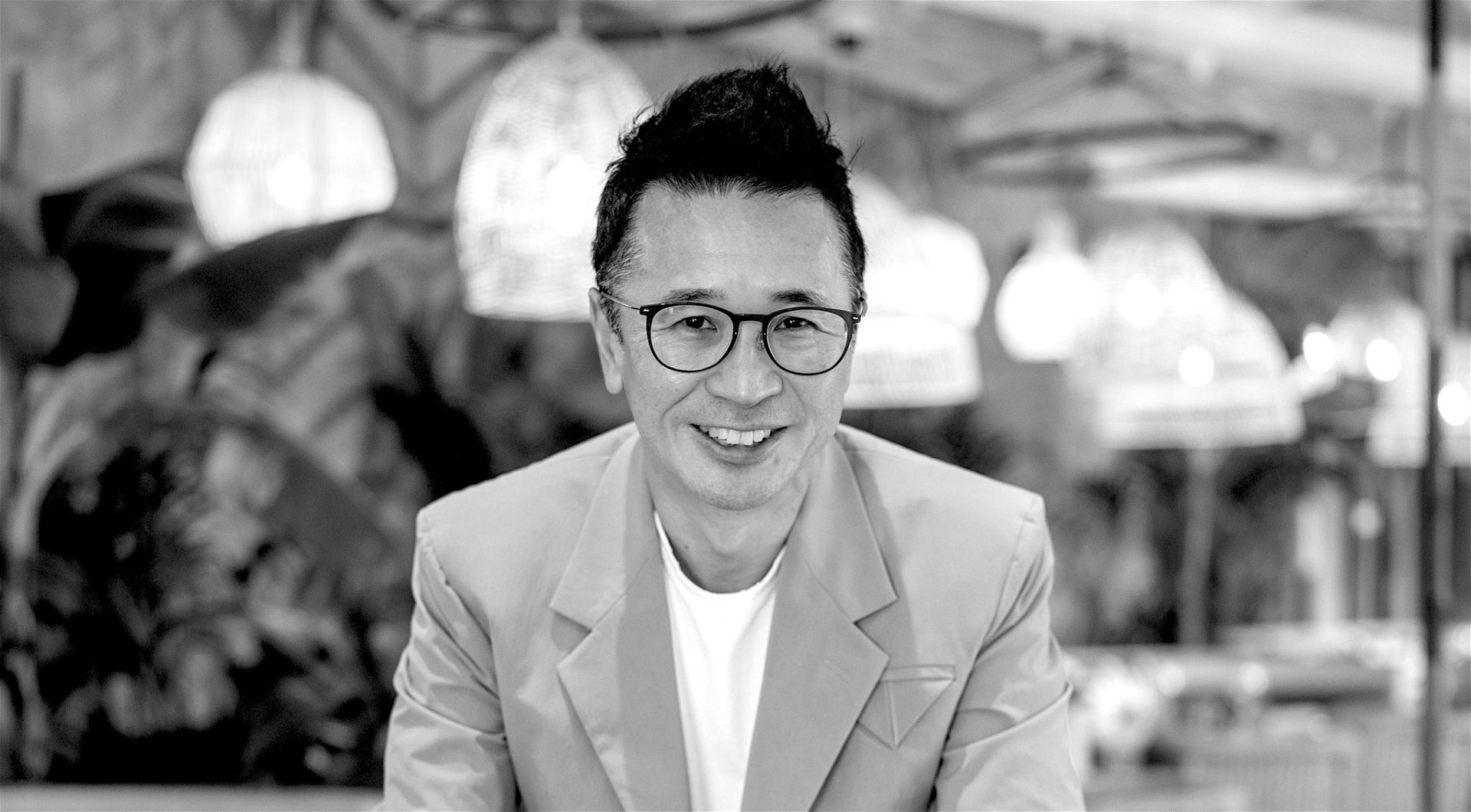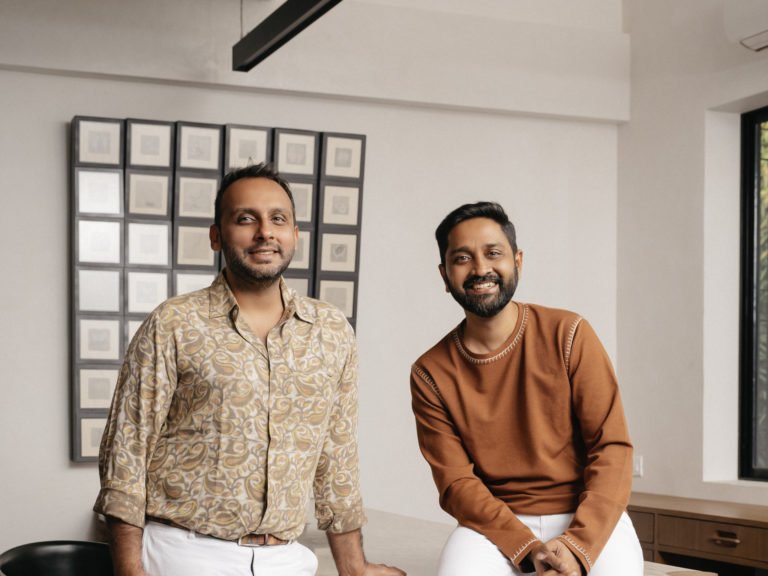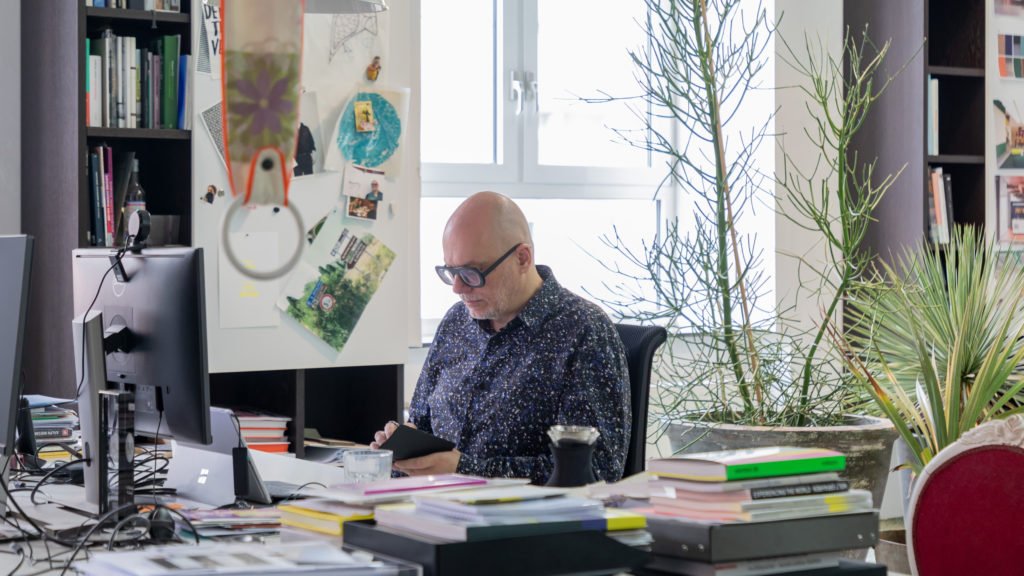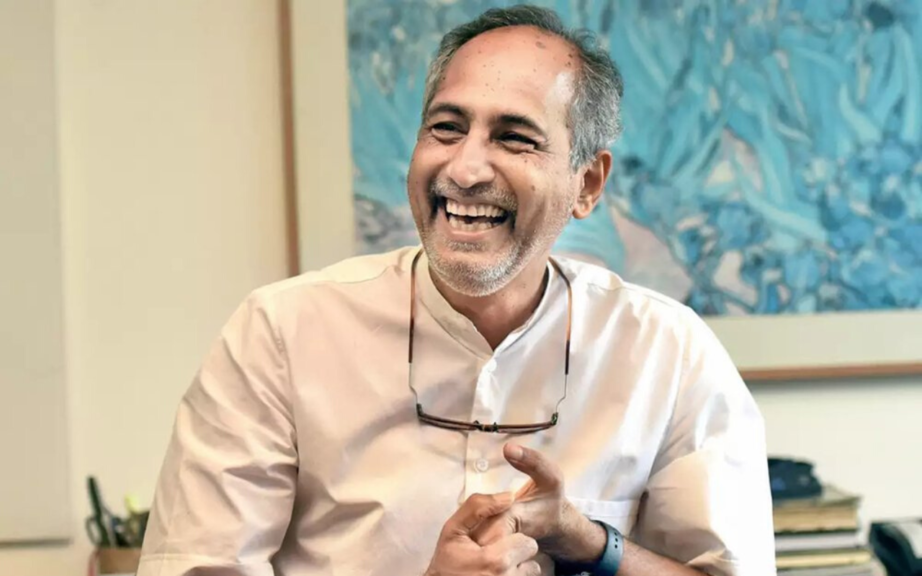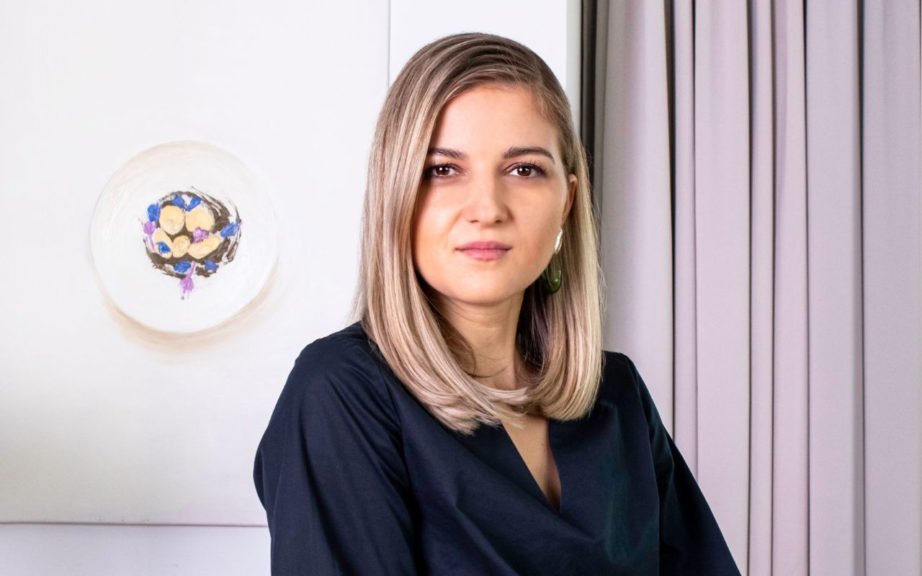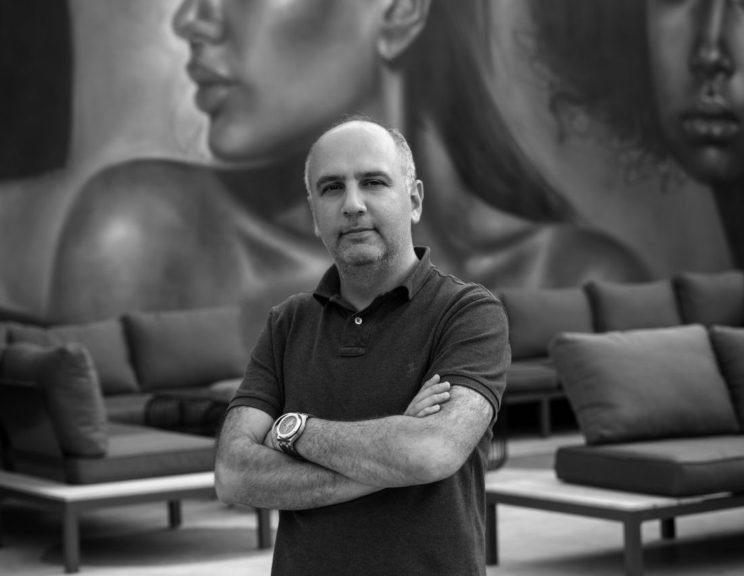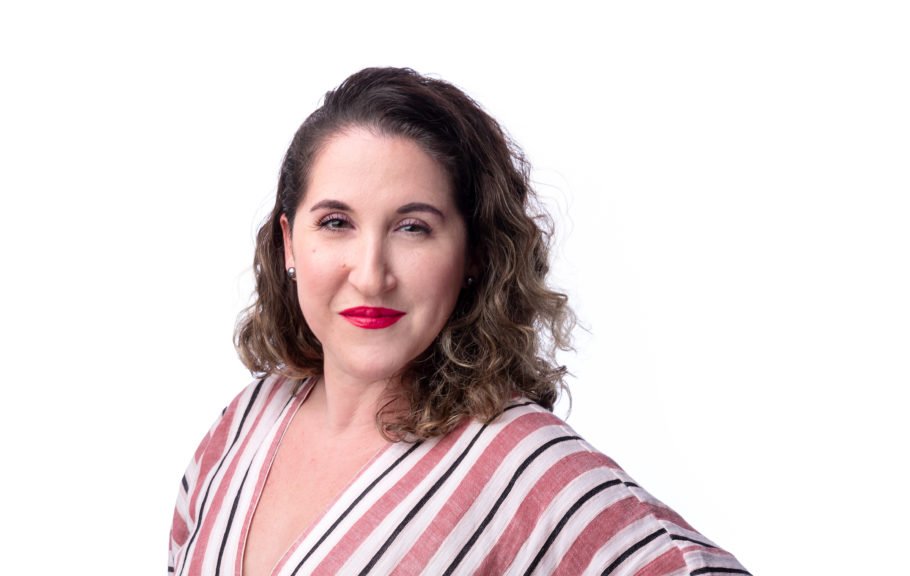Clint Nagata hails from a varied heritage, an aspect not so out of place in the expat culture of the Middle East. Born and raised in Hawaii, with Japanese and Hawaiian roots, has certainly added considerable depth to his work. The Six Senses, Kyoto, the W Hotel Mina Seyahi and the Roku Kyoto Resorts are a clear example of his unique, understated, yet detail oriented design style. Nagata’s portfolio is varied, and ranges from island resorts to luxury urban hotels and even cruise ships. He talks to us about his journey, past and present, his design philosophy, and his dreams of the future.
Roku Kyoto Resorts
What led you to a career in design?
I was always fascinated with drawing and Legos. I had a huge Lego collection, and my time spent waiting for my Mom to finish up at her workplace, was where I would sit and doodle or sketch the birds and trees. These were two major things that fueled my passion for creativity.
I went to the University of Hawaii to study architecture and during that time, I was fortunate to get an internship with Walt Disney Imagineering in Glendale, California. This is the company that designs the Disney theme parks. After graduating, I stumbled upon an ad for creative individuals wanted for a firm called WATG. I joined them and that was where I met my mentor Don Goo, the founding partner. Through his mentorship, I was given a lot of opportunities that really helped me grow. I very soon became one of 23 partners at the firm, and it was after that that I realised I wanted something of my own where I could write my own future, and that’s what led me to Bangkok. It had to be Bangkok because it’s a fascinating place. I love the culture, the people who all are so creative, and the sheer number of artists residing there.
What led to the inception of Blink?
“Blink was named after a book by Malcolm Gladwell called Blink: The Power of Thinking Without Thinking. It’s a book that I suggest everyone read, because its message is how I have always approached design. It’s always about looking at a design problem and listening to my intuition about the situation. Most of the time, the solution that I come up with at the first impression is what turns out to be the right thing to do.
I have always been intrigued about creating a company that wasn’t about me or any individual. And so Blink as a company is about the brand and what it stands for. I created the company with a notion that it will be passed on to different leaderships and the brand will mould with the ideologies of its people.
Regent Phu Quoc
What is the most challenging aspect of being a designer in this region?
What is really impacting us nowadays is the fact that everyone is in a rush to do things. I remember the days when projects took a little longer and people were ready to accommodate that timeframe. I think time has always been very critical particularly in this part of the world. This is predominantly in the Middle and the Far East where everything is on hyperdrive. Everything needs to be done latest by tomorrow, and you need it to be the best using a fraction of the money and resources.
As a designer, this has always been a challenge, particularly today, with the economic situation in the world. We are having to put our best creative efforts forward within the shortest time frame possible with the smallest budget.
Excluding Europe and the US, the other part of the world is driven by a definite need to catch up to the West. In a recent conversation, I was told how in the East we keep creating buildings one after the other, even with so many buildings empty. If you go to London, on the other hand, we can easily find buildings that are generations old and they are in no hurry to tear these buildings down anytime soon to make space for new ones. I think it’s the way the people of the East live.
I hail from Japanese ethnicity, Kumamoto to be exact, and am half Japanese half Hawaiian.
Growing up in Hawaii, things hardly moved or moved at an incredibly slow pace. However, now we keep looking for new things to visit, do or travel, and long gone are the feelings of wanting to go back to a great place that we went to five years ago, simply because we loved it. For some reason that’s how we live, at least in this part of the world.
I also blame social media and how we get caught up in it. When you look online and find that someone has gone to a new restaurant, you are immediately intrigued and tempted to go to that place, which often then not ends up disappointing for our taste.
Raffles Maldives
A particularly exciting or challenging project that you have worked on?
I just got back from Kyoto after talks about the Six Senses there. The challenging thing about this project is that this is a second Six Senses hotel in the area about six kilometres away from the first one, which was very well received and bagged a lot of awards. The clients wanted to duplicate the success of the first without duplicating the design.
So, given the condition of the economy globally, the question of cost of construction inevitably came up. The challenge for us was to create something better than what we achieved previously at a much more conservative construction cost. Nevertheless, we succeeded. The project is now in the mockup stage and we are happy with how it has turned out.
My least favourite word in the business is ‘value engineering’. Plus, when the client is not willing to share clear information with the designer from the start regarding budget. Or worse, when they say that we can work with whatever budget we need without giving a range and limit, we often end up in a lot of mess. On the other hand, we have had really successful clients who have shared their budget or at least a ballpark figure with us up front, and there we were able to keep costs under control and achieved best results. The Roku project in Japan is a good example of this where there was a collaboration between the parties to make sure that we remained on track. The recent W Hotel Mina Seyahi project is another very good example of a collaborative client. They were completely open about the material, possibilities and restraints. In the end, we remained well under their budget and that shows the power of the owner and designer working collaboratively.
What was your inspiration for the W Hotel, Mina Seyahi in Dubai?
For all our projects, we really dive deep into the location of the project. For this one, if you go back in history, the port of Dubai was very important for its growth. It was where all the goods and a lot of travellers came from different parts of the world. Al Haqla, the ancient art of Arabic storytelling, is the main source of inspiration, and the concept of the hotel focusses around stories and the storytellers who passes these stories from one generation to the next. The rooms are delicately crafted drawing inspiration from the long floating abaya robes and hold a veil fringe as a bed backdrop. The common spaces are crafted with a versatile colour palette in an underlying boho-chic theme while enhancing the scenic landscapes of Mina Seyahi. I must admit though, my favourite part is the Ginger Moon restaurant, which creates a beachless beach club.
Regent Phu Quoc
How would you describe your design style?
If you look across our portfolio, it’s pretty wide in terms of style. The commonality is that all these projects represent the location, the owner and the brand. These are the three things that we focus on. But what separates us from the other design firms is that there is a certain refinement to these principles, and a lot distilling.
Your sources of inspiration
Inspiration can come from anywhere really. I used to travel a lot before the pandemic, almost 50 trips a year, mostly for work but sometimes personal too. My travels really helped me gain a lot of exposure, visual and otherwise. I also take inspiration from similar industries, such as high fashion, or luxury goods. I have been fascinated with the collaborations between different brands, like Adidas and Gucci. It has made me look at things differently from two different perspectives and how they work.
Your favourite design sector
It has to be resorts – I have always been a resort aficionado. I really think that it’s my strength too, creating something that’s rich architecturally and design wise, that enhances flow from inside to outside and vice versa. I like creating such diverse experiences.
Where do you see the design industry in five years from now?
A few years ago, we only heard about the big firms like HBA Designs or Wilson Associates, etc. They dominated the industry. However, that has dramatically changed wherein now you see new smaller firms taking on big hospitality clients.. It gets crowded sometimes, but as a designer we are always pushed by our competition. The dynamic in the hospitality industry is changing now. The smaller, newer design companies are the ones that are leading the pack and it’s the bigger ones that are chasing, which was completely opposite in the past.
It’s now the Davids that are leading the way and the Goliaths that are following. I want to be like David, which I think is very ironic.
If not a designer, what would you be?
I think I would have become a chef. I don’t cook as often as I used to, but I think the whole act or process of cooking is very creative. You have got to stay within the lines too, much like the creative process. I have really been connected with food. It was me and not my sister who would follow our mother into the kitchen to help. My mother was a great cook and that has kept my interest alive in cooking too. It looks like a tough job but I think it is always rewarding.
If you had to design something without constraints?
I would design a yacht. We had recently designed a part of a silver sea cruise ship, which should be in the water by next year. It was a very interesting process because it is not exactly what you do on land. There are a lot of constraints, a lot of codes and constructability issues. I found the whole process so interesting. And a yacht is just a larger sized boat, which is even more refined, more interesting and more bespoke. To be able to design an entire yacht would be fascinating!
What’s brewing at Blink studios right now?
A lot of stuff actually, starting with a few Giga projects in Neom, Saudi Arabia. We are also working on the second Six Senses in Kyoto, Japan, and an M Gallery by Sofitel in Seoul, which is a lifestyle hotel.
What has been the best advice you have received and alternatively what advice would you like to give aspiring designers?
My advice to the latter is to travel and see the world, to experience different things. Recently, I travelled to Hawaii to spend some time with my father and realised that I’ve been very fortunate to travel the world, to do what I do as a designer. It’s just very rewarding that I’m able to travel and see different things and it has affected or influenced my view on a lot of things. Not just in terms of designs but also politics.
I feel that if you become a citizen of the world, you really have an ability to capture the different essence of each location in your design.
For me, the best piece of the advice I received was from my mentor, Don Goo, who taught me to think and dream big. It was quite pivotal for me, because I am from a very small place where there are about a million people in total. I really had to think big and take a leap. To go to places that I hadn’t been before, try things that I never thought were possible. This was what propelled my career. When I moved to Bangkok, I didn’t have a plan other than that I wanted to start my own firm. I didn’t think that I would find myself in this place today and be fortunate enough to do the kind of projects that we do in the locations we had worked. It’s just unfathomable. I have always kept Don Goo’s advice at the back of my mind, and keep going back to it to keep me going beyond possibilities.
Lastly, who is Clint Nagata as a person behind the designer?
I love to explore, to be put in situations that are unfamiliar, and I really like to challenge myself. I am the kind of person that never leans heavily on my success and always looks forward to the next challenge to do something better. I have never been afraid to make mistakes and do things wrong. There are some back stories for these adventurous sides and some learnings from the travel experiences that I have had.
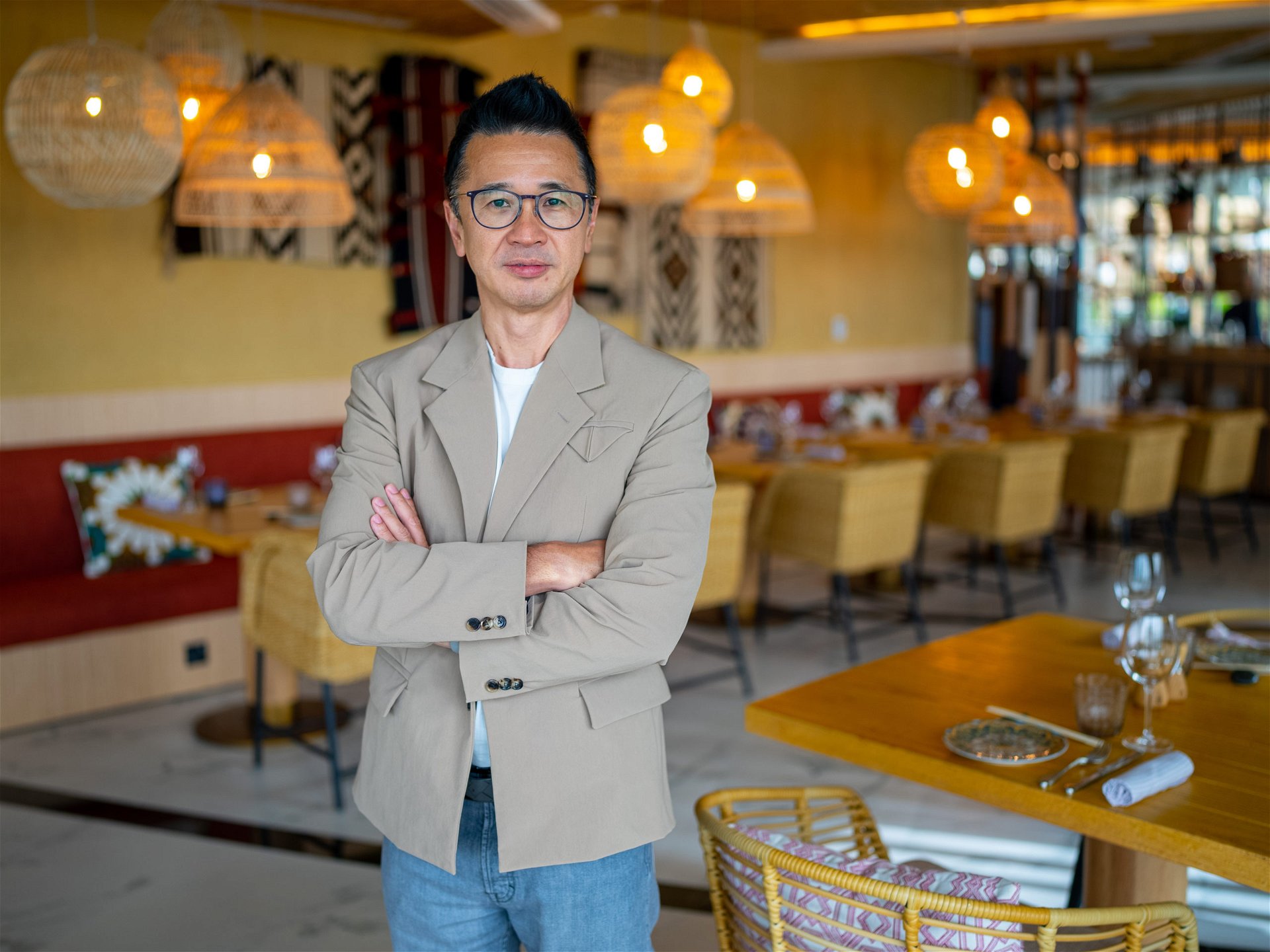
Article info
Article:
Date added:
3 August, 2022

